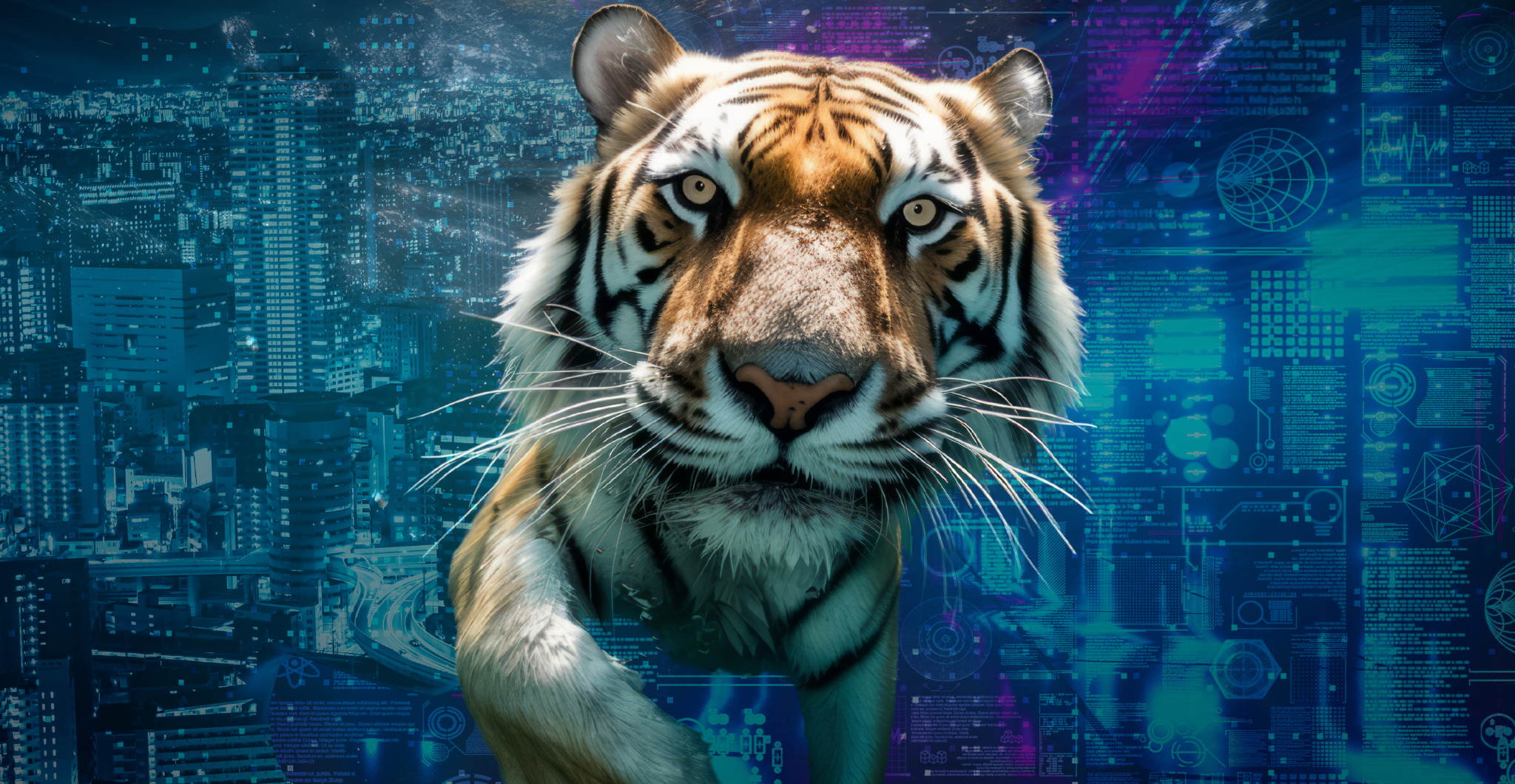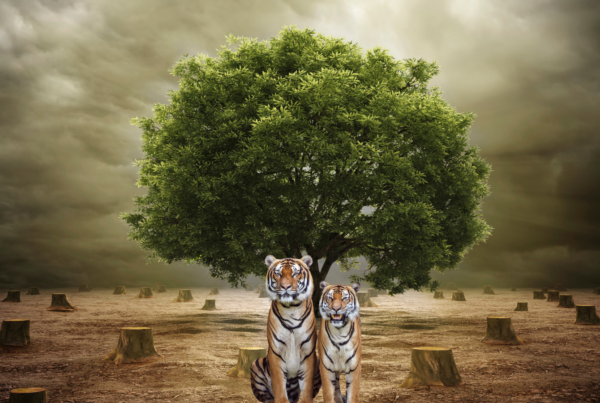Artificial Intelligence (AI) is playing a crucial role in the conservation of wildlife, ecosystems, and habitats, aiding scientists in their efforts to combat biodiversity loss. Through the analysis of vast amounts of data, monitoring ecosystems, and identifying trends over time, AI has the potential to be a valuable tool in preserving the delicate balance of our planet’s biodiversity.

Filtering vast amounts of data
Recently there has been a boom in low cost/open-source networked sensors such as camera traps, acoustic monitoring tools, drones, and biologging. But with global biodiversity loss happening at an unprecedented rate, manual filtering of the swathes of information outputted by these sensors is no longer viable. As we come face to face with our planets next mass extinction event, we must be able to respond quickly to threats and AI has the potential to offer real time outputs for conservationists to act upon. However, while this application of AI has huge potential it is not yet in the roll out phase.
Big cat conservationists are still processing data, such as camera trap images, with the human eye as AI species identification is still in its infancy. But in the future, this could all change. Deep learning, a method in AI that teaches computers to process data in a way that is inspired by the human brain can be utilised. Deep learning can recognise complex patterns in pictures, text, sounds and other data. Tiger stripes and leopard spots are perfect for AI identification as no two animals have the same pattern so individuals could be easily monitored. AI-enabled motion triggered cameras could also filter out bycatch images taken and focus on the target species or human disturbance, removing the need for hours of manual analysis. With immediate filtering protocols in place, rangers, local villagers, or authorities could receive real-time updates which could help combat both human-wildlife conflict and poaching.
Predictive mapping
Another notable application of AI in wildlife conservation is predictive mapping, which helps anticipate and prevent threats to vulnerable species. By leveraging advanced algorithms and machine learning models, scientists can analyse historical data on poaching incidents, wildlife movements, and environmental factors to predict areas where poachers may target, wildfires may start, or logging may take place. This proactive approach enables conservationists to implement preventive measures in high-risk regions, potentially thwarting threats before they occur.
Citizen science
Additionally, AI is empowering ordinary individuals to contribute actively to conservation efforts. For instance, those lucky enough to capture footage of whales and dolphins can upload it to a platform called “Flukebook”. This platform utilizes AI to process the uploaded data, identifying individual animals based on unique characteristics such as fluke patterns or markings. The aggregated information from users worldwide creates a comprehensive global database of wildlife sightings. Not only can AI identify individuals, it can also analyse the data to gain insights into patterns of behaviour such as migration patterns, population dynamics, and habitat preferences of various species. By harnessing the collective power of citizen scientists, researchers can compile valuable information at an unprecedented scale, allowing for more informed, targeted decision-making in conservation strategies.
Ushering in a new era of collective conservation
AI can help facilitate information exchange with citizens living around protected areas. Villagers could benefit from an early warning system if a big cat is located near their homes and in turn they can send in details of sightings or interactions. The potential for collaboration is immense and could help foster a new era in wildlife conservation, where data-driven insights and collective efforts are instrumental in safeguarding the planet’s biodiversity.
However, an estimated 3.7 billion people, almost half of the world’s population, currently do not have access to the Internet generating a vast digital divide. The least developed countries are the least connected, with only 19% online, but they are also the richest in biodiversity. This creates a huge hurdle for leveraging new digital technologies for collective conservation. For us to be able to protect species on the brink of extinction there needs to be equal opportunities for all and we must work to ensure digital inclusion by 2030.





